Vienna
CITY OF MUSIC
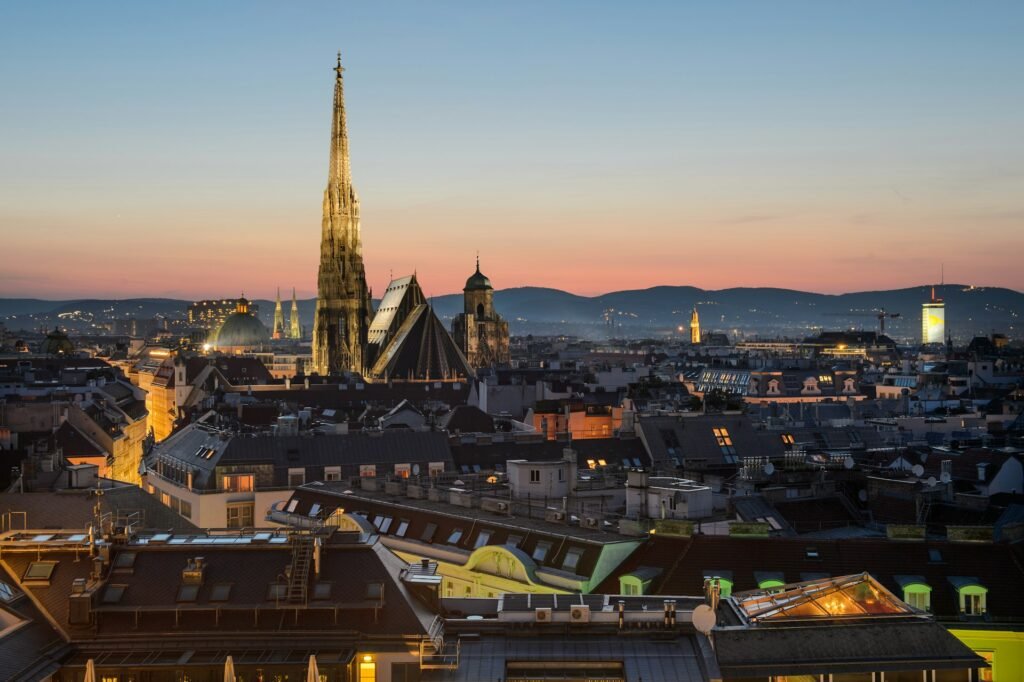
It helps keep this site running, and we appreciate your support!
Sightseeing
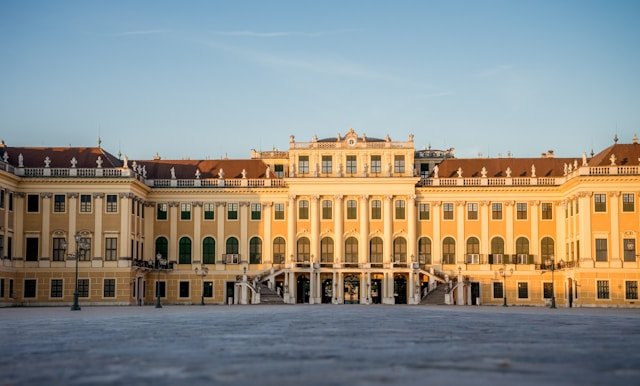
Schönbrunn Palace
A masterpiece of Baroque architecture, this sprawling summer residence of the Habsburgs dazzles with its 1,441 rooms and vast gardens. Built in the late 17th century, it’s a UNESCO World Heritage site where visitors can tour opulent state rooms—like the Mirror Room where Mozart played as a child—or stroll the manicured grounds, including the world’s oldest zoo, founded in 1752. The Gloriette hilltop pavilion offers sweeping views of Vienna, making it a must for history buffs and photo enthusiasts alike. Audio guides peel back layers of imperial life, from Maria Theresa’s reign to Franz Joseph’s daily routines.
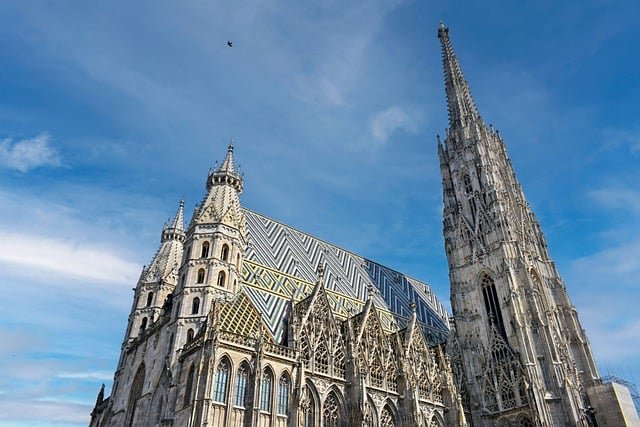
St. Stephen’s Cathedral
Towering over Vienna’s historic center, this Gothic gem—known as Stephansdom—has been the city’s spiritual heartbeat since the 12th century. Its intricate roof, tiled with 230,000 colorful patterns, and the 448-foot South Tower (climable for the brave) dominate the skyline, while inside, the catacombs hold eerie crypts and the massive Pummerin bell rings out from the North Tower. The stained glass and stone carvings tell centuries of stories, blending medieval craftsmanship with wartime scars from 1945. It’s a living monument, pulsing with daily life amid Stephansplatz’s bustle.

Hofburg Palace
Once the winter digs of the Habsburg dynasty, this sprawling complex in Vienna’s heart has morphed from a 13th-century fortress into a grand showcase of imperial power. Today, it houses museums like the Sisi Museum—dedicated to Empress Elisabeth’s enigmatic life—the Imperial Apartments, and the glittering Silver Collection, alongside the Austrian National Library’s Baroque splendor. The Spanish Riding School’s Lipizzaner performances add a living tradition to the mix. Wandering its courtyards feels like stepping through centuries, with every corner whispering tales of emperors and court intrigue.
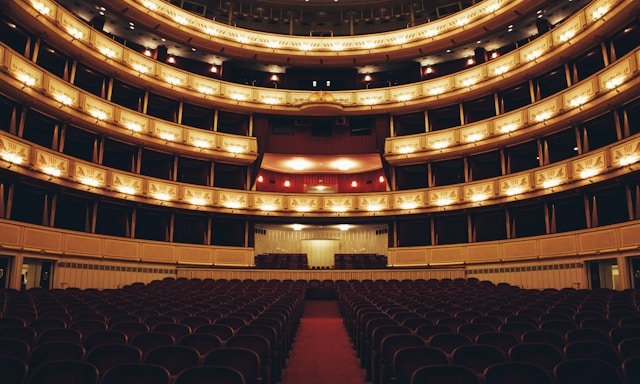
Vienna State Opera
A jewel of 19th-century architecture, this neo-Renaissance masterpiece on the Ringstrasse opened in 1869 with Mozart’s Don Giovanni and hasn’t stopped dazzling since. Inside, marble staircases, frescoed ceilings, and a 2,200-seat auditorium host world-class operas and ballets—think Verdi or Wagner—performed by the Vienna Philharmonic. Affordable standing-room tickets (as low as €3-4) make it accessible, though dress sharp and book ahead for seats. Guided tours reveal backstage secrets, cementing its status as a cultural icon where music and elegance collide nightly.

Belvedere Palace
Split between Upper and Lower sections, this Baroque beauty was Prince Eugene of Savoy’s summer retreat in the early 18th century, now a stunning art haven. The Upper Belvedere houses Gustav Klimt’s The Kiss among its vast collection, blending golden swirls with Vienna’s artistic legacy, while the Lower Belvedere offers intimate galleries and the ornate Marble Hall. Its tiered gardens, with fountains and clipped hedges, frame postcard views of the city skyline. It’s a serene escape where history, art, and landscaping merge into one unforgettable stop.
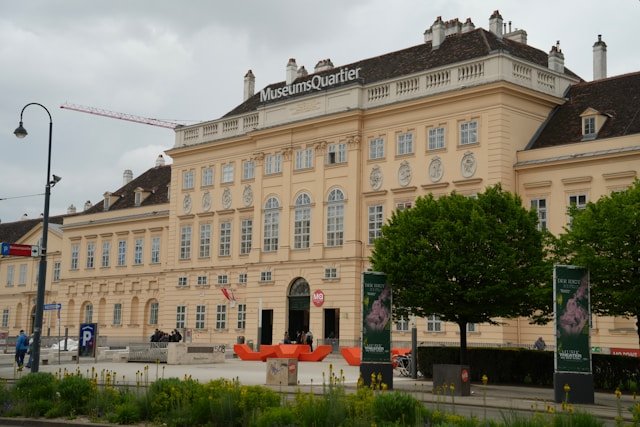
MuseumsQuartier
What started as imperial stables in the 18th century now thrives as Vienna’s cultural playground, blending historic buildings with sleek modern additions. Spanning 90,000 square meters, it’s packed with heavyweights like the Leopold Museum—home to Egon Schiele’s raw works—and the mumok, showcasing avant-garde from Picasso to Warhol. Outdoor courtyards buzz with cafes and free events, especially in summer, drawing a mix of art lovers and chill-seekers. It’s less stuffy than traditional galleries, offering a vibrant, all-in-one dose of Vienna’s creative pulse.

Karlskirche
Rising from Vienna’s skyline with its green copper dome, this Baroque stunner was commissioned by Emperor Charles VI in 1713 to honor St. Charles Borromeo after a plague ended. Its 236-foot height and twin columns—modeled after Rome’s Trajan’s Column—frame an oval church dripping with frescoes by Johann Michael Rottmayr inside. An elevator whisks you up for a close-up of the ceiling art, plus panoramic city views. Sitting by the Resselpark pond, it’s both a peaceful retreat and a bold testament to Habsburg devotion.
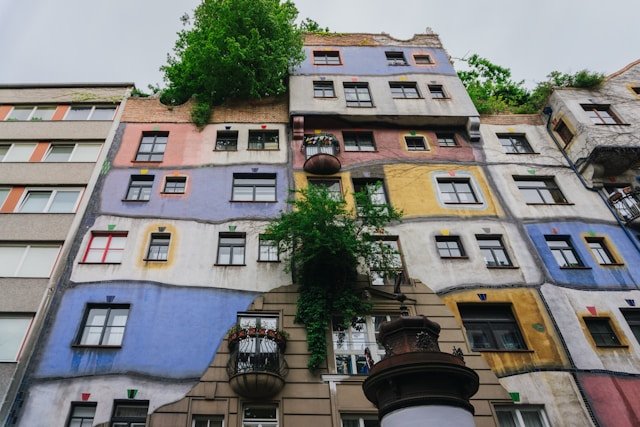
Hundertwasserhaus
Dreamed up by artist Friedensreich Hundertwasser in the 1980s, this quirky apartment block tosses out straight lines for wavy floors, uneven walls, and a riot of colors—think Gaudí meets Vienna. Trees sprout from rooftops and balconies, with 250 plants weaving nature into urban life, reflecting Hundertwasser’s eco-vision. It’s a residential building, so you can’t go inside, but the nearby Hundertwasser Village offers a taste with its artsy cafe and shops. Locals adore its whimsy, making it a standout detour from Vienna’s polished classics.
Activities
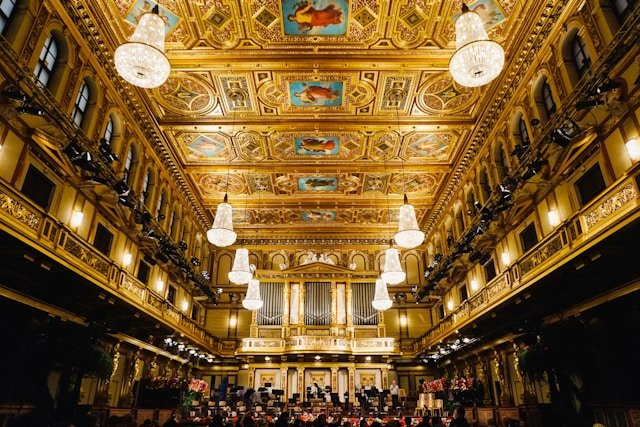
Vienna Concerts and Opera
Steeped in musical heritage, Vienna lives up to its title as the world’s classical capital with a dazzling array of concerts and opera year-round. From the Vienna State Opera’s grand productions of Mozart and Verdi to the Musikverein’s pristine acoustics hosting the Philharmonic, options span iconic venues and styles. Smaller gems like St. Peter’s Church offer intimate Baroque recitals, while Schönbrunn Palace and Kursalon blend Strauss waltzes with historic charm. Tickets range from budget-friendly standing-room deals (€3-€20) to premium seats (€100+), so book ahead on sites like wiener-staatsoper.at or musikverein.at—whether you’re after a full opera or a light waltz evening, Vienna’s got your soundtrack covered.
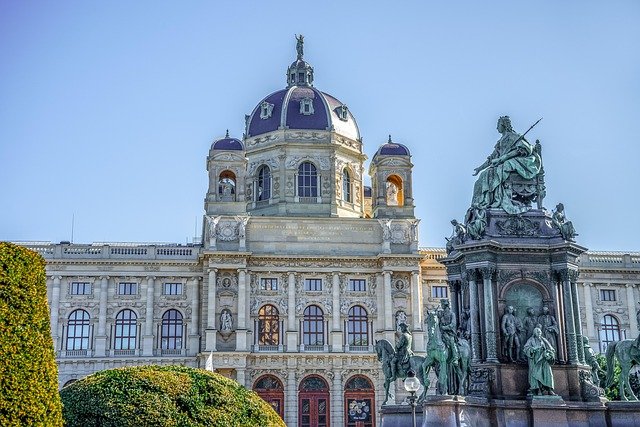
Kunsthistorisches Museum
Housed in a palatial 1891 building on the Ringstrasse, this treasure trove of art and history rivals Europe’s finest. Commissioned by Emperor Franz Joseph, its grand marble halls showcase masterpieces like Bruegel’s The Hunters in the Snow, Rubens’ fleshy dramas, and Velázquez’s piercing portraits, alongside ancient Egyptian sarcophagi and Roman busts. The opulent café under the dome feels like a mini-imperial court, perfect for a post-tour coffee. With a twin museum (Naturhistorisches) across the plaza, it’s a deep dive into Vienna’s Habsburg legacy—don’t skip the audio guide for the full story.
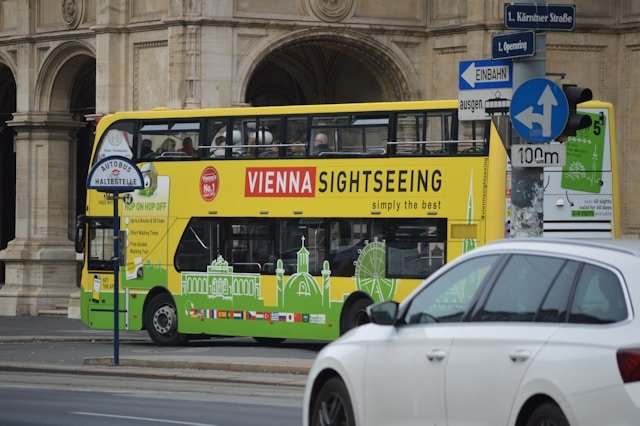
Vienna Hop-On Hop-Off Tours
A flexible way to see the city, these bus tours let you explore Vienna’s landmarks at your own pace, hopping on and off at dozens of stops. Typically offered by operators like Vienna Sightseeing and Big Bus, they cover key routes—think the Ringstrasse, Schönbrunn Palace, and the Danube area—with open-top double-deckers that give you 360-degree views. Tickets come in 24, 48, or 72-hour flavors, starting around €30-€50, and include audio guides in multiple languages (English, German, Spanish, etc.) plus free Wi-Fi. Routes hit must-sees like St. Stephen’s Cathedral, Hofburg Palace, and the Prater’s Giant Ferris Wheel, with buses rolling by every 15-30 minutes. It’s a solid pick if you’re short on time or want a narrated overview without the hassle of public transport—just grab a seat upstairs for the best shots of Vienna’s imperial sprawl.
Considerations for Flights to Vienna
Flight prices to Vienna swing with the seasons, peaking in summer and late December when demand spikes—expect round-trips from the U.S. to climb past $800-$1,000. The sweet spot for savings is November to March (excluding holidays), where fares can drop to $400-$600, especially in January or February, as post-holiday travel slows. Spring and fall sit in the middle, averaging $600-$800, with May and September offering decent deals if you book early. Flexibility with dates can snag you lower rates, especially midweek.
Hotels
General Travel Tips for Vienna
Tipping’s appreciated but not mandatory in Vienna’s laid-back service culture. For good restaurant service, round up the bill or add 5-10%—say €22 for a €20 tab, handed directly to the waiter. Taxi drivers or baristas don’t expect much, but a euro or two for exceptional help (like a chatty guide) keeps the vibe friendly. It’s subtle, not showy—locals like it that way.
German’s the official tongue, but Viennese English is solid, especially in tourist zones—hotels, museums, and younger folks speak it fluently. A “guten tag” (hello) or “danke” (thank you) still charms, pronounced “goot-en tahg” and “dahn-keh.” Menus and signs often have English, but a translation app smooths out any wrinkles, especially in quieter neighborhoods like Grinzing.
Vienna’s food scene is a cozy mix—dig into Wiener Schnitzel (crispy veal cutlet) with potato salad, or grab a Sachertorte (chocolate cake) at a classic Kaffeehaus like Café Central. Coffee’s an art here; order a Melange (like a cappuccino) for €4-5. Beer’s big too—try an Ottakringer at a heuriger (wine tavern). Skip tourist traps near Stephansdom for authentic bites in side streets or the Naschmarkt.
Tips for Transport in Vienna
Train Day Trips
Weather, Seasons, and Best Time to Visit Vienna
Value Index
Public transport’s a steal at €17 for a 24-hour pass, covering a world-class network, and big-ticket sights like Schönbrunn or the Kunsthistorisches Museum cost €15-€20 with rich payoffs in history and art. Freebies like strolling the Ringstrasse or Naschmarkt browsing add extra bang, but coffeehouse splurges (€5 a cup) and opera tickets (€50-€200, unless you snag standing room) nudge costs up. Compared to Western capitals like Paris, it’s a deal; against Eastern neighbors, it’s pricier but justifies it with polish and culture—solid 7 territory.
Safety for Tourists
Scam Alerts
